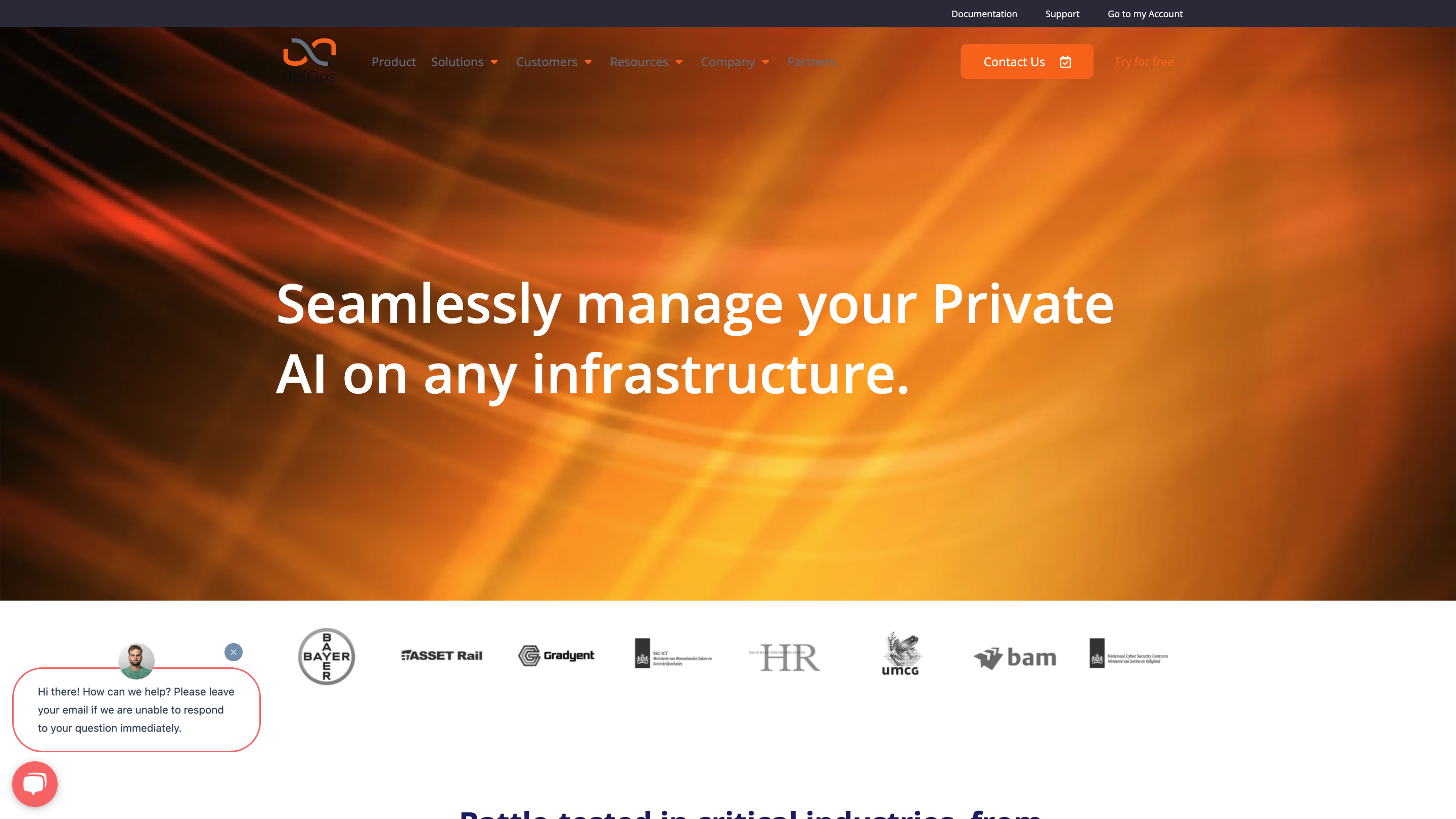UbiOps
Open siteCoding & Development
Introduction
AI infrastructure platform for running AI & ML workloads
UbiOps Product Information
UbiOps – AI Model Serving & Orchestration Documentation
UbiOps provides a unified platform to deploy, manage, and orchestrate AI workloads across on-premises, hybrid cloud, and multi-cloud environments. It enables you to run models locally or at scale, with built-in MLOps features to control costs, ensure compliance, and prevent vendor lock-in. Designed for AI teams, IT, and leadership, UbiOps accelerates from pilot to production, supporting a range of AI use cases from LLMs to computer vision and traditional data science models.
How UbiOps Works
- Single interface for all infrastructure: Run AI workloads locally, in a hybrid cloud, or across multiple clouds from one management console.
- Orchestration across environments: Deploy and manage models across Kubernetes, virtual machines, and bare metal, with seamless resource sourcing from different clusters.
- Cost and governance controls: Stay in control of compute costs, comply with AI regulations, and prevent vendor lock-in.
- End-to-end MLOps: Built-in API management, version control, scaling algorithms, monitoring, auditing, resource prioritization, security, and access management.
- Production-ready AI: From experimentation to production, supporting a wide range of AI workloads including Generative AI and Computer Vision.
Use Cases and Capabilities
- On-demand GPUs and scalable AI workloads
- Seamless deployment of LLMs, computer vision, and data science models
- Centralized management to prevent shadow IT and promote reproducibility
- Integration-friendly architecture for private AI on any infrastructure
- Automation and orchestration across multi-cloud environments
How to Use UbiOps
- Connect your infrastructure (Kubernetes, VMs, Bare Metal) and set up your resource pools.
- Upload or connect AI models (LLMs, CV models, time-series models, etc.).
- Define workflows and APIs for serving, orchestration, and monitoring.
- Monitor, scale, and govern across environments from a single pane of glass.
Core Features
- Single interface to run AI workloads locally, in hybrid cloud, or across multiple clouds
- End-to-end MLOps: API management, version control, scaling algorithms, monitoring, auditing, security, and access management
- Orchestration across Kubernetes, Virtual Machines, and Bare Metal
- On-demand GPU support for scalable AI inference
- Privacy-conscious deployment with control over data and compute costs
- Prevention of vendor lock-in and shadow IT
- Production-ready deployment for Generative AI, Computer Vision, Time Series, and more
- Intuitive UI for AI teams, IT, and leadership with governance and cost controls
